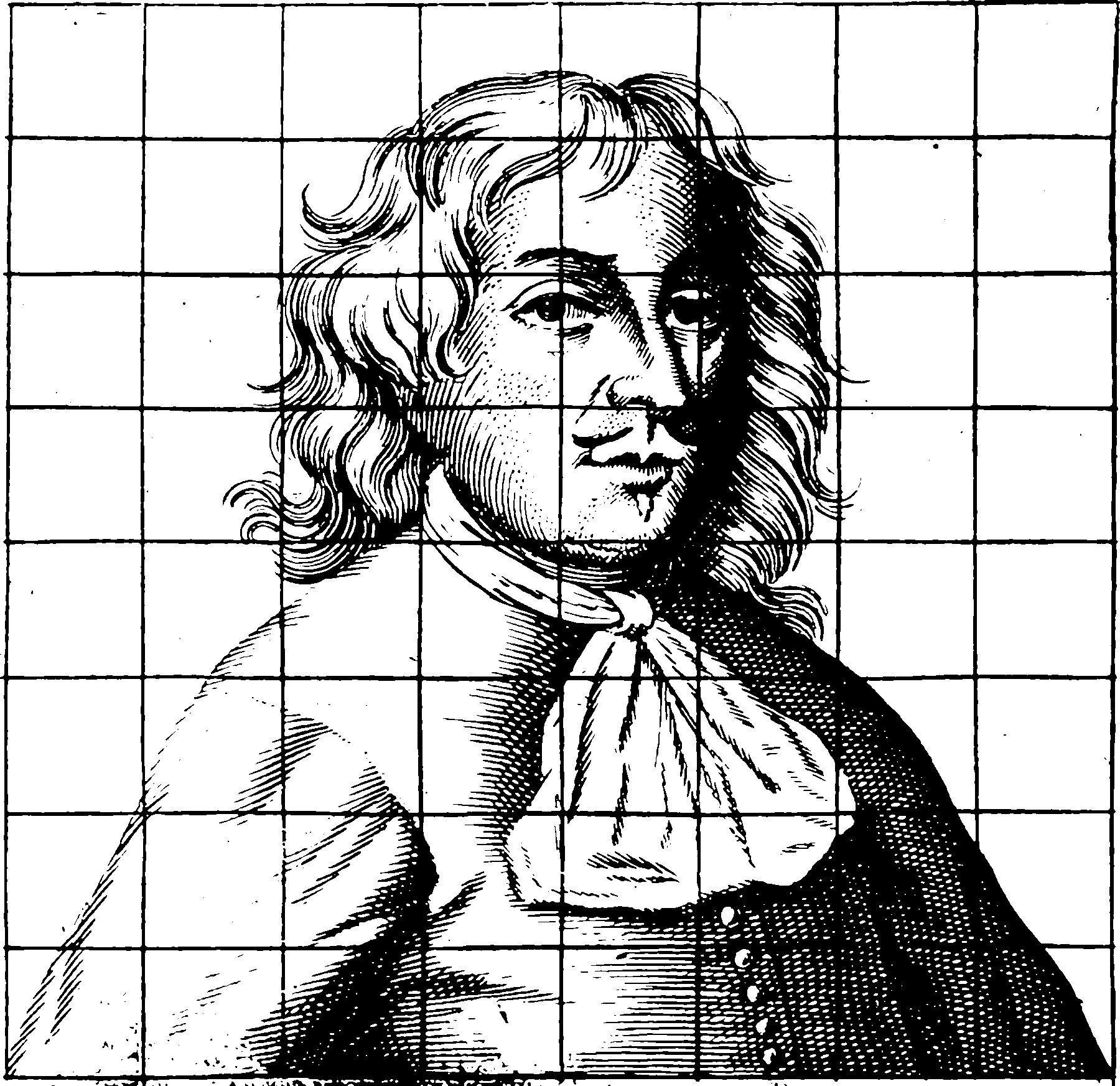Adcock, and Hansen. 2016.
“Generalized Sampling and Infinite-Dimensional Compressed Sensing.” Foundations of Computational Mathematics.
Adcock, Hansen, and Roman. 2015.
“The Quest for Optimal Sampling: Computationally Efficient, Structure-Exploiting Measurements for Compressed Sensing.” In
Compressed Sensing and Its Applications: MATHEON Workshop 2013. Applied and Numerical Harmonic Analysis.
Bostan, Kamilov, Nilchian, et al. 2013.
“Sparse Stochastic Processes and Discretization of Linear Inverse Problems.” IEEE Transactions on Image Processing.
Brémaud, Massoulié, and Ridolfi. 2005.
“Power Spectra of Random Spike Fields and Related Processes.” Advances in Applied Probability.
Bretó, He, Ionides, et al. 2009.
“Time Series Analysis via Mechanistic Models.” The Annals of Applied Statistics.
Broersen, Piet M. T. 2005.
“Time Series Analysis for Irregularly Sampled Data.” IFAC Proceedings Volumes, 16th IFAC World Congress,.
Broersen, P. M. T., and Bos. 2006.
“Estimating Time-Series Models from Irregularly Spaced Data.” In
IEEE Transactions on Instrumentation and Measurement.
Broersen, Piet M. T., de Waele, and Bos. 2004.
“Autoregressive Spectral Analysis When Observations Are Missing.” Automatica.
Cochran, Cooley, Favin, et al. 1967.
“What Is the Fast Fourier Transform?” Proceedings of the IEEE.
Feichtinger, and Gröchenig. 1989.
“Multidimensional Irregular Sampling of Band-Limited Functions in Lp-Spaces.” In
Multivariate Approximation Theory IV. International Series of Numerical Mathematics / Internationale Schriftenreihe Zur Numerischen Mathematik / Série Internationale d’Analyse Numérique.
———. 1994.
“Theory and Practice of Irregular Sampling.” Wavelets: Mathematics and Applications.
Feichtinger, Gröchenig, and Strohmer. 1995.
“Efficient Numerical Methods in Non-Uniform Sampling Theory.” Numerische Mathematik.
Feichtinger, and Werther. 2000.
“Improved Locality for Irregular Sampling Algorithms.” In
IEEE International Conference on Acoustics, Speech, and Signal Processing, 2000. ICASSP ’00. Proceedings.
Finzi, Bondesan, and Welling. 2020.
“Probabilistic Numeric Convolutional Neural Networks.” arXiv:2010.10876 [Cs].
García. 2002.
“A Brief Walk Through Sampling Theory.” In
Advances in Imaging and Electron Physics.
Gray. 1984.
“Vector Quantization.” IEEE ASSP Magazine.
Gröchenig. 1992.
“Reconstruction Algorithms in Irregular Sampling.” Mathematics of Computation.
———. 1993.
“A Discrete Theory of Irregular Sampling.” Linear Algebra and Its Applications.
Jones. 1981. “Fitting a Continuous Time Autoregression to Discrete Data.” In Applied Time Series Analysis II.
———. 1984.
“Fitting Multivariate Models to Unequally Spaced Data.” In
Time Series Analysis of Irregularly Observed Data.
Kazhdan, Bolitho, and Hoppe. 2006.
“Poisson Surface Reconstruction.” In
SGP06: Eurographics Symposium on Geometry Processing.
Lahalle, Fleury, and Rivoira. 2004.
“Continuous ARMA Spectral Estimation from Irregularly Sampled Observations.” In
Proceedings of the 21st IEEE Instrumentation and Measurement Technology Conference, 2004. IMTC 04.
Lasanen. 2002. “Discretizations of Generalized Random Variables with Applications to Inverse Problems.”
Lassas, Saksman, and Siltanen. 2009.
“Discretization-Invariant Bayesian Inversion and Besov Space Priors.” Inverse Problems and Imaging.
Luschgy. 1996.
“Linear Estimators and Radonifying Operators.” Theory of Probability & Its Applications.
Mandelbaum. 1984.
“Linear Estimators and Measurable Linear Transformations on a Hilbert Space.” Zeitschrift Für Wahrscheinlichkeitstheorie Und Verwandte Gebiete.
Marvasti, Farokh. 2012. Nonuniform Sampling: Theory and Practice.
Marvasti, F., Analoui, and Gamshadzahi. 1991.
“Recovery of Signals from Nonuniform Samples Using Iterative Methods.” IEEE Transactions on Signal Processing.
Marvasti, F. A., and Chuande. 1990.
“Parseval Relationship of Nonuniform Samples of One- and Two-Dimensional Signals.” IEEE Transactions on Acoustics, Speech, and Signal Processing.
Marziliano, Vetterli, and Blu. 2006.
“Sampling and Exact Reconstruction of Bandlimited Signals with Additive Shot Noise.” IEEE Transactions on Information Theory.
Mishali, Moshe, and Eldar. 2010.
“From Theory to Practice: Sub-Nyquist Sampling of Sparse Wideband Analog Signals.” IEEE Journal of Selected Topics in Signal Processing.
Niinimäki, Siltanen, and Kolehmainen. 2007.
“Bayesian multiresolution method for local tomography in dental x-ray imaging.” Physics in Medicine and Biology.
O’Callaghan, and Ramos. 2011.
“Continuous Occupancy Mapping with Integral Kernels.” In
Twenty-Fifth AAAI Conference on Artificial Intelligence.
Piroddi, and Petrou. 2004.
“Analysis of Irregularly Sampled Data: A Review.” In
Advances in Imaging and Electron Physics. Advances in Imaging and Electron Physics.
Scargle. 1981. “Studies in Astronomical Time Series Analysis. I-Modeling Random Processes in the Time Domain.” The Astrophysical Journal Supplement Series.
Stark. 2001.
“Delay Reconstruction: Dynamics Versus Statistics.” In
Nonlinear Dynamics and Statistics.
Tobar. 2019.
“Band-Limited Gaussian Processes: The Sinc Kernel.” Advances in Neural Information Processing Systems.
Tropp, Laska, Duarte, et al. 2010. “Beyond Nyquist: Efficient Sampling of Bandlimited Signals.” IEEE Transactions on Information Theory.
Unser, Michael A. 1995. “General Hilbert Space Framework for the Discretization of Continuous Signal Processing Operators.” In Wavelet Applications in Signal and Image Processing III.
———. 2000.
“Sampling: 50 Years After Shannon.” Proceedings of the IEEE.
———. 2015.
“Sampling and (Sparse) Stochastic Processes: A Tale of Splines and Innovation.” In
2015 International Conference on Sampling Theory and Applications (SampTA).
Unser, Michael, and Aldroubi. 1992.
“Polynomial Splines and Wavelets-A Signal Processing Perspective.” In
Wavelets. Wavelet Analysis and Its Applications.
———. 1994. “A General Sampling Theory for Nonideal Acquisition Devices.” IEEE Transactions on Signal Processing.
Vetterli, Marziliano, and Blu. 2002.
“Sampling Signals with Finite Rate of Innovation.” IEEE Transactions on Signal Processing.
Yadrenko. 1983. Spectral theory of random fields. Translation series in mathematics and engineering.
Yaglom. 1987. Correlation Theory of Stationary and Related Random Functions. Volume II: Supplementary Notes and References. Springer Series in Statistics.

